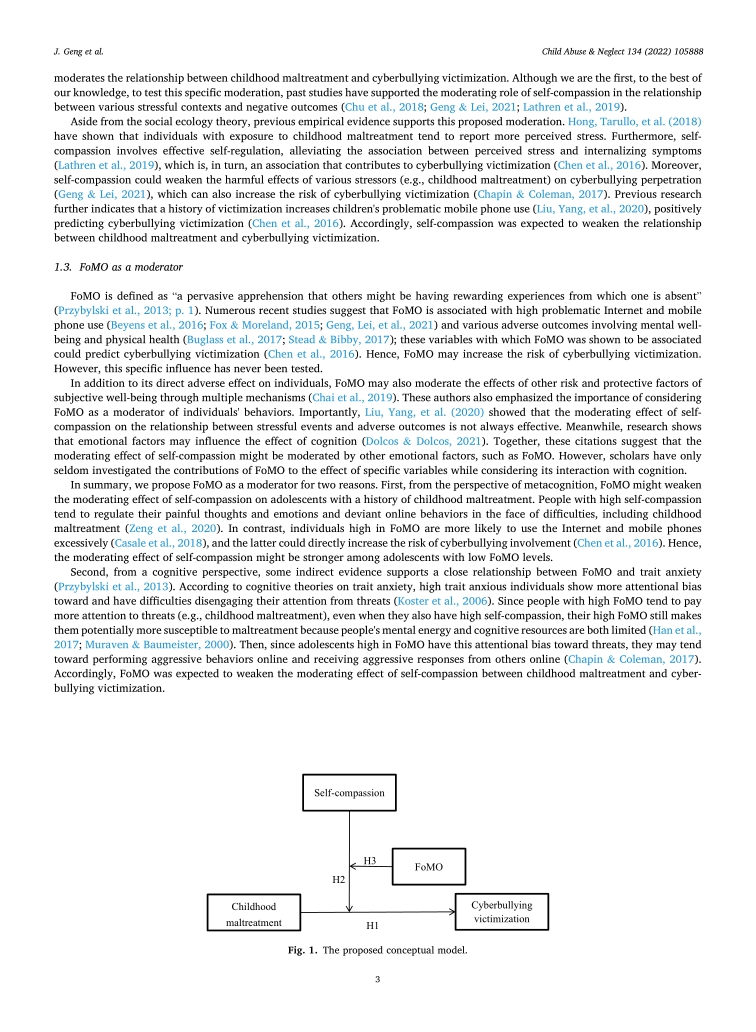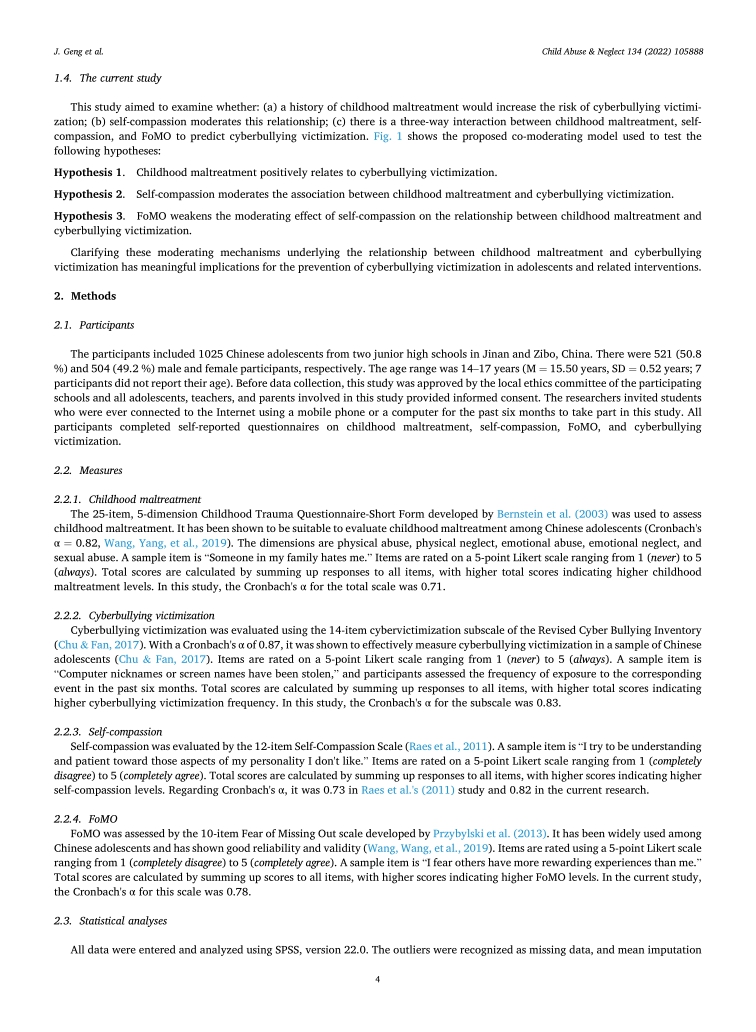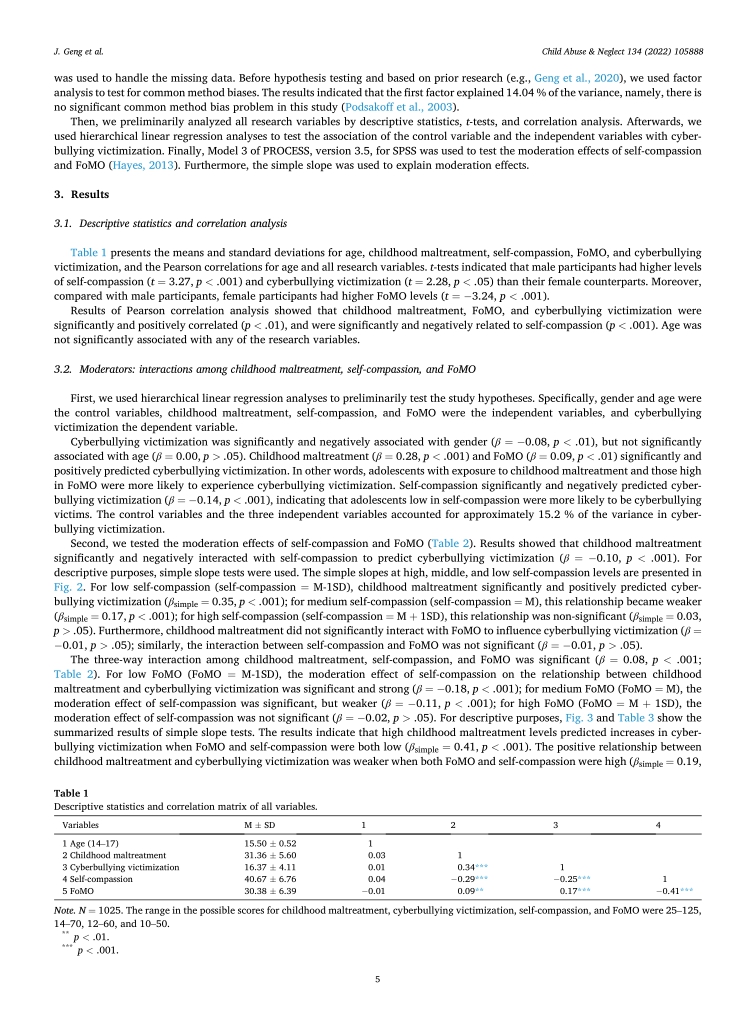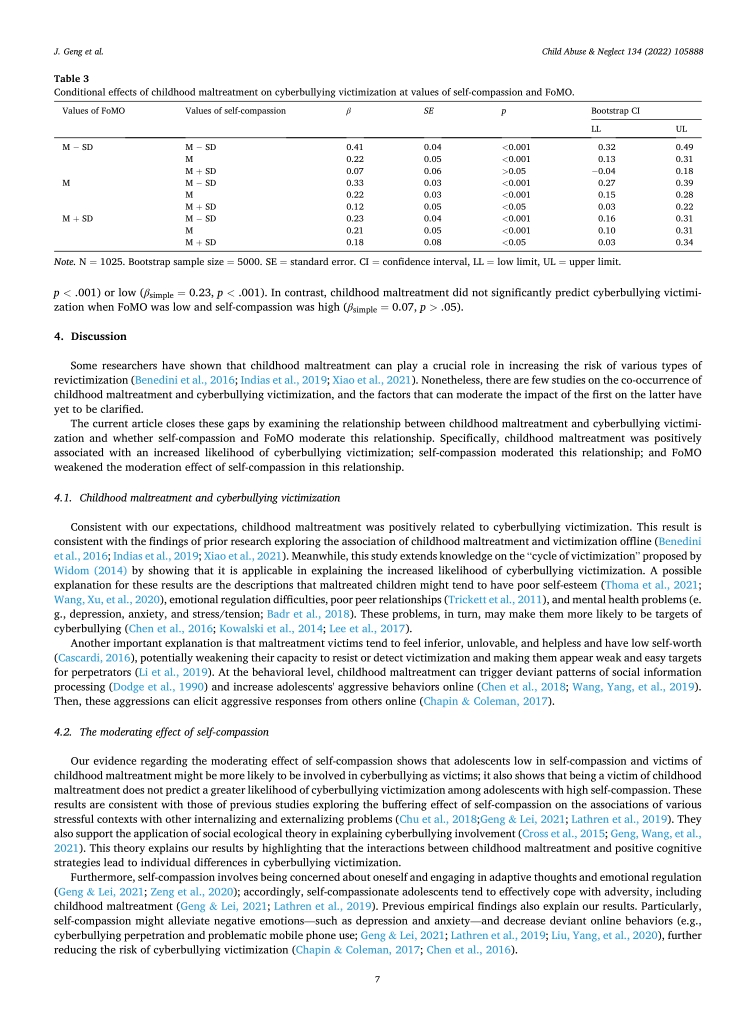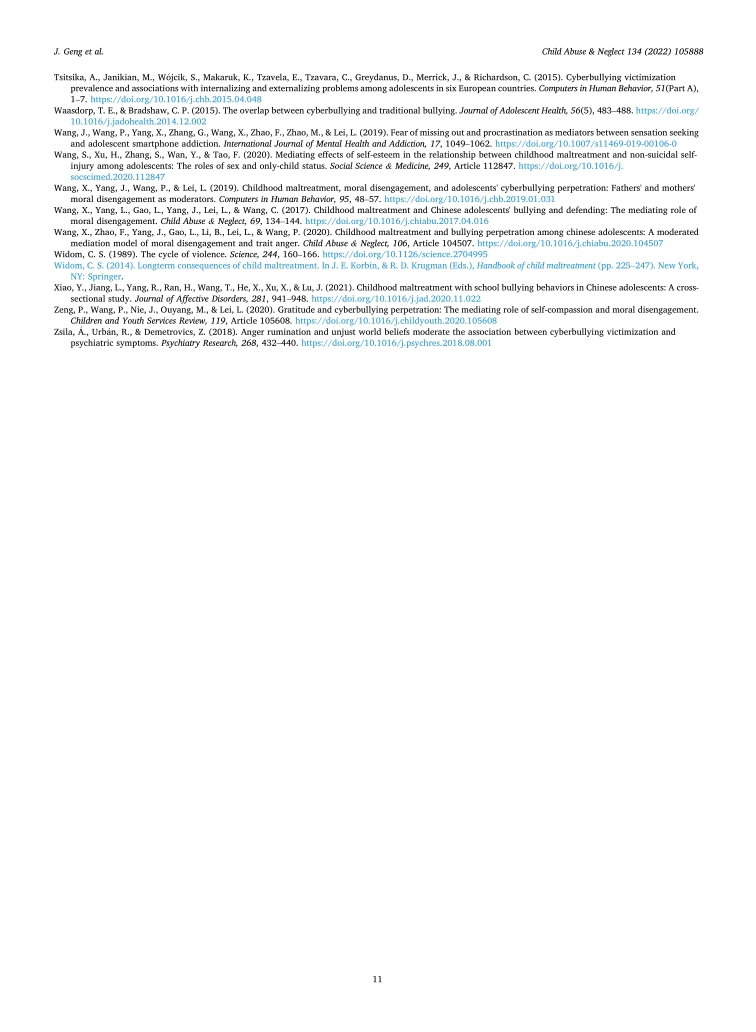Abstract:Although a recent meta-analysis supported the link of neuroticism with problematic smartphone use (PSU), it also found that frequency/familiarity of smartphone use did not significantly associate with neuroticism. Based on a network perspective, this issue may be due to the correlative estimates between neuroticism and PSU total score conceal the different connective strength or size between neuroticism and PSU components/items. Therefore, this research performed a network analysis in a dataset composed of 428 adolescents (M = 15.27, SD = 1.27) to explore the network pathways and further discover the “central” components and the “bridge” components between neuroticism and PSU communities. Results revealed that: (1) There are 45 non-zero edges existed between components of neuroticism and PSU; (2) Component “worry in losing messages, network or power” of PSU and components “tense and jittery” and “self-worthless” of neuroticism had the highest centrality in the neuroticism-PSU network; (3) “Perceived persistent failures for stresses” and “self-worthless” of neuroticism might influence the PSU community, while “give up hurry-up things” and “escaping depressed feelings” of PSU might be susceptible by the neuroticism community. These findings illuminate pathways strength, central components, and bridge components between neuroticism and PSU communities, which inspire component-based prevention or intervention for PSU.
Keywords:Neuroticism;Problematic smartphone use;Network analysis;Network theory;Component level


